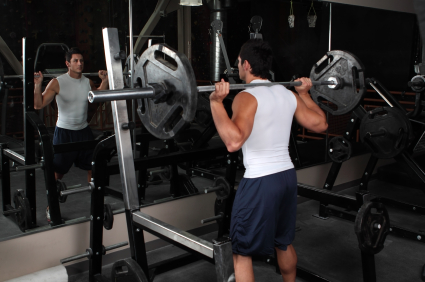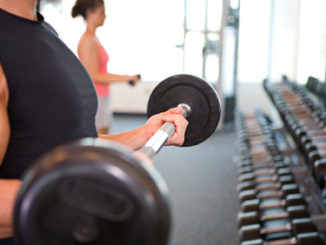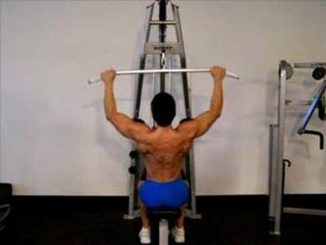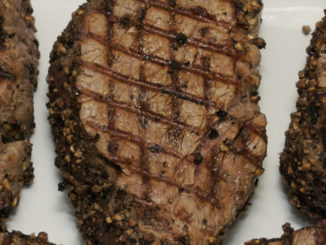
When you want to build lower body strength, you need an effective exercise. Weight training is one of the most often used techniques for helping to build muscle mass with the squat as one of the most often repeated exercises. However, it will help for you to have a good understanding of how the squat will work for you and what you need to do to make the most of each movement.
Which muscles are affected when performing the Squat?
When it comes to the squat, not only is an exercise that everyday exercisers do, but it’s also a featured event in weightlifting competition. The squat is meant to test strength and endurance in the muscle as well the maximum potential that the muscles in the lower body can attain.
The main muscle groups that are affected include the quadriceps on the front of the thigh, the hamstrings on the back of the thigh, the glutes in the buttock area, the calves, and the lower back muscles. As you can see, this is a comprehensive exercise that allows the lifter to target a large set of muscles all at the same time instead of having to workout each muscle individually.
How to perform a safe squat
However, while the squat looks easy enough to perform, there are risks involved when you’re not using the proper technique. First of all, if you have bad knees or a weaker back, you will want to limit any weight that you might be including to toughen the technique. Consider performing the squat without any weight until you become comfortable with the right technique.
You will want to stand with your feet about hips distance apart, hands on your hips or straight out in front of you (without weights and for warming up). When you use weights during a squat, you can either hold free weights on your shoulders or a barbell across your shoulders (preferred method).
Breathing out, you will slowly lower your body down, as though you were going to sit down in a chair. The glutes should be moving straight down as you keep your back as straight as possible. Your knees should never extend too far past your ankles in order to prevent injury (the knees will normally come in line with your feet if looking down at the bottom of the squat) – and it also helps with your balance.
You should only lower as far as comfortable without straining your knees and then slowly lift back up. Try to keep your eyes facing forward so that you can keep your upper body as straight as possible. Your main concern will always be to keep your legs in no less than a right angle position during the squat movement. Move slowly as you begin to learn the movement as well as when you add increasing weight.
The best part about the squat
When you include the squat into your workout regime, you will find that you can complete these anywhere without equipment. By focusing on the muscles that you are working, you will be able to effectively train your legs to be stronger and sleeker. For an added effect, try squeezing your buttocks muscles as you move down and as you lift back up in the movement.




Be the first to comment